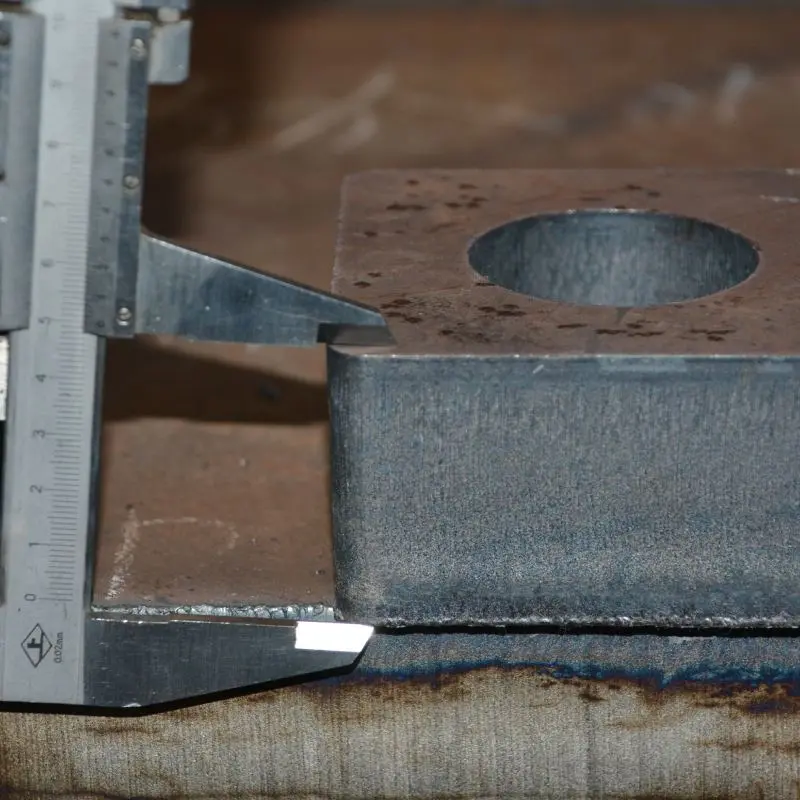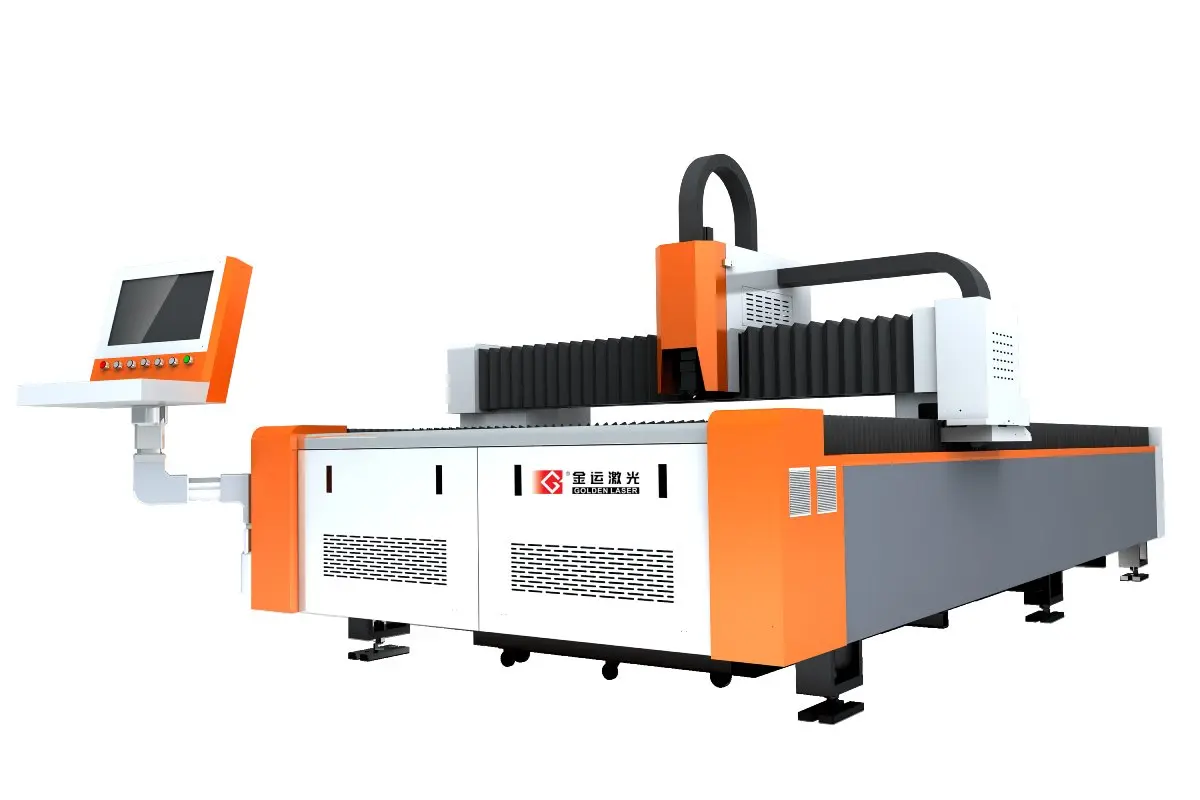
Revolutionizing Metal Fabrication: The Advantages of Dual Table Fiber Cutting Machines in Modern Manufacturing Processes

Revolutionizing Metal Fabrication: The Advantages of Dual Table Fiber Cutting Machines in Modern Manufacturing Processes
In today’s fast-paced manufacturing landscape, the demand for precision and efficiency has never been greater. As industries strive to enhance productivity while maintaining quality, technology continues to evolve, providing innovative solutions to age-old challenges. One such advancement is the Dual Table Fiber Cutting Machine, a significant leap forward in the realm of metal fabrication. This article will delve into the workings, benefits, and applications of this cutting-edge machinery, illustrating how it is transforming manufacturing processes worldwide.
At the core of the Dual Table Fiber Cutting Machine is the concept of speed combined with precision. This advanced system is designed with two separate processing tables that allow for uninterrupted operation. While one table is in use for cutting materials, the other can be prepared for the next batch of work. This dual capability reduces downtime significantly compared to traditional single-table machines, which require more time for loading, unloading, and repositioning materials. As a result, manufacturers can achieve higher productivity rates while also maximizing the efficiency of their labor force.
One of the most significant advantages of fiber laser technology incorporated in dual-table machines is its unparalleled precision. Fiber lasers are known for their ability to cut through various materials such as stainless steel, carbon steel, and aluminum with exceptional accuracy. The cutting process results in clean edges and intricate designs, essential in industries that demand precision, such as aerospace, automotive, and electronics. Additionally, the high-speed cutting allows for intricate designs to be realized quickly without compromising quality, enabling innovative product designs that can adapt to evolving market trends.
Another noteworthy feature is the operational cost efficiency of dual table fiber cutting machines. While the initial investment might seem daunting, the long-term savings associated with these systems often outweigh the costs. The high-speed performance results in a reduced production cycle, leading to increased throughput. Moreover, fiber lasers have a longer lifespan and lower energy consumption compared to traditional CO2 lasers, translating into reduced operational costs over time. This combination of efficiency and quality can give manufacturers a competitive edge in the marketplace.
A vital aspect of any manufacturing process is versatility, and the Dual Table Fiber Cutting Machine excels in this realm as well. These machines are capable of cutting various thicknesses and types of materials, which allows manufacturers to handle diverse projects without needing specialized machines for each task. This versatility not only streamlines production but also reduces the need for extensive training on multiple types of machinery, thereby simplifying the workforce’s job.
Safety is another crucial advantage offered by Dual Table Fiber Cutting Machines. These systems often come equipped with advanced safety features and automation capabilities, minimizing the risk of human error during operation. With improved safety mechanisms, manufacturers can protect their employees while still achieving their production goals. Additionally, the closed design of the machines reduces the risk of exposure to harmful laser emissions, creating a safer work environment.

Revolutionizing Metal Fabrication: The Advantages of Dual Table Fiber Cutting Machines in Modern Manufacturing Processes
The applications of dual table fiber cutting technology are vast and varied. From producing intricate components in the automotive industry to crafting detailed signage and artistic designs in construction and architecture, the possibilities are nearly limitless. Companies in diverse sectors are discovering the benefits of incorporating these machines into their operations, leading to improved outcomes and better product offerings.
In conclusion, the Dual Table Fiber Cutting Machine represents a significant advancement in metal fabrication, offering manufacturers an innovative solution that combines speed, precision, cost-effectiveness, versatility, and safety. As industries continue to evolve, adopting such advanced technology will be crucial for staying ahead of the competition. The dual table system, in particular, not only optimizes productivity by minimizing downtime but also enhances the overall quality of the final product. As more companies recognize the benefits of integrating these machines into their production lines, the manufacturing landscape will undoubtedly continue to transform, paving the way for exciting developments in engineering and design. With Rotary Device
